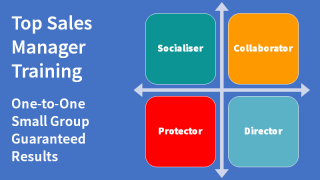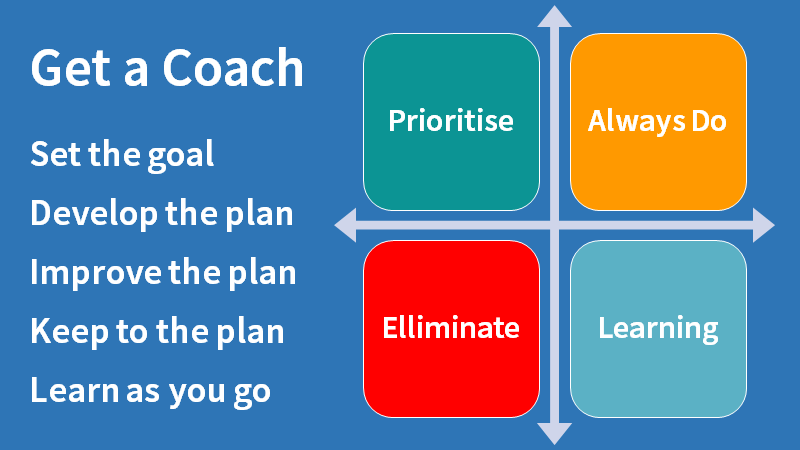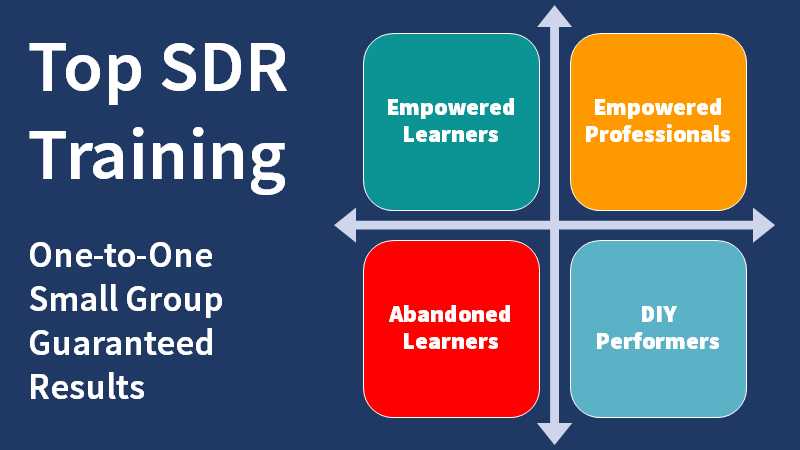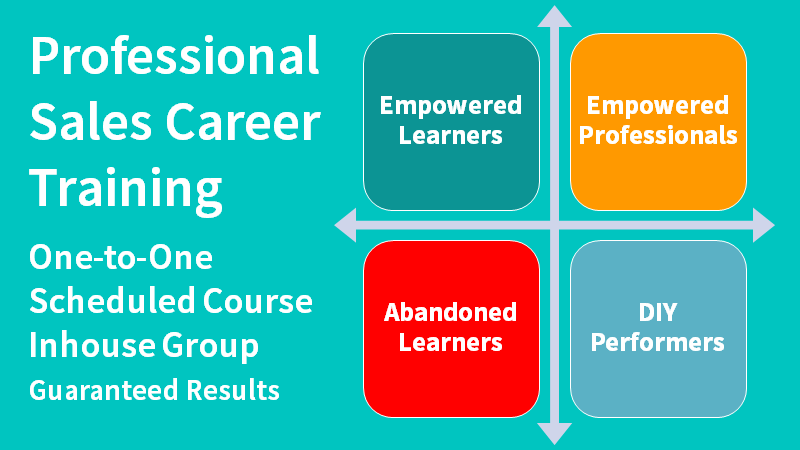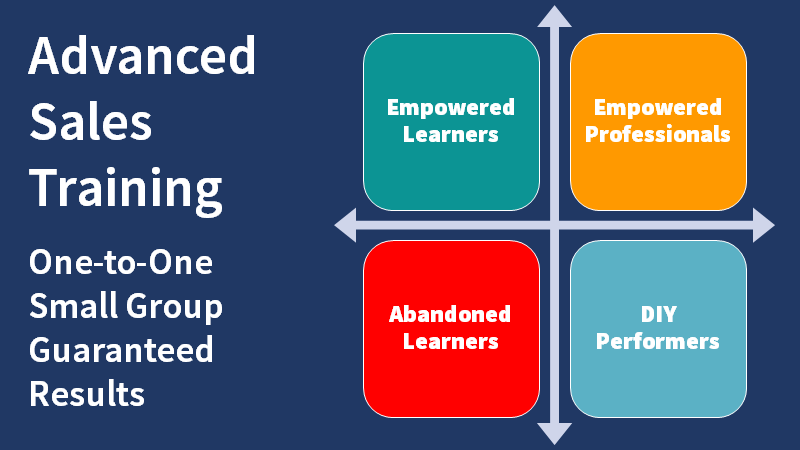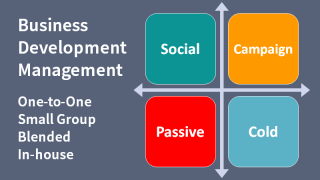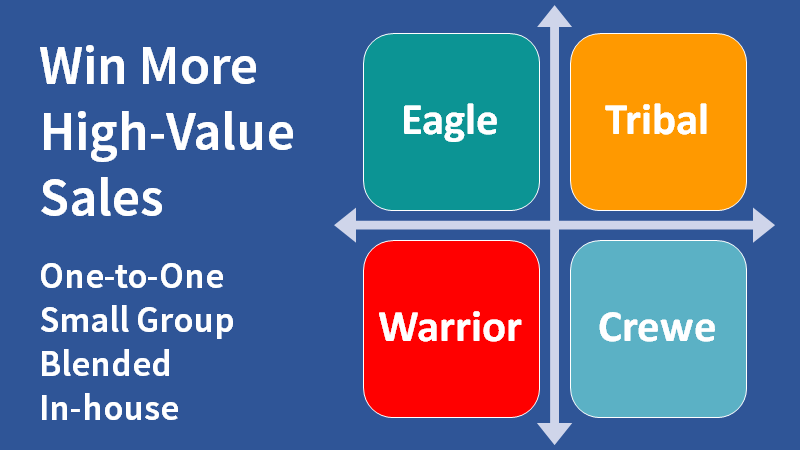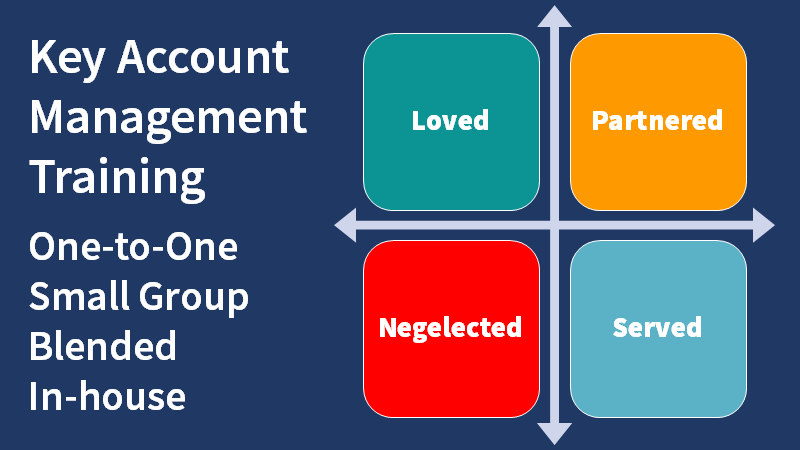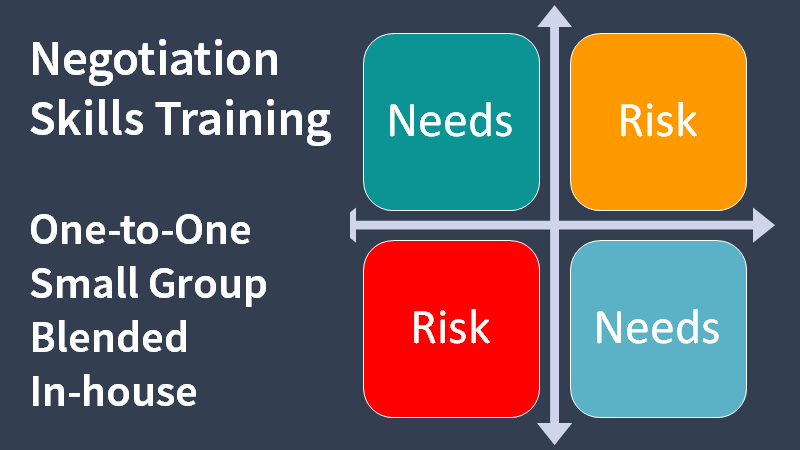The steps in a planned B2B customer buying process.

Should you know the steps in a typical planned customer buying process?
Is what you sell part of a routine requirement?
If so, the customer buying process is likely to be managed by a professional buyer or procurement officer.
For planned purchases, the usual sales strategy is to get on the approved supplier list.
For many planned requirements, being on the approved supplier list is mandated.
As for the unplanned buying process, the planned process helps salespeople engage with the buying team.
The following steps describe what typically happens in a sizeable planned purchase:
Planned Customer Buying Process
- Stock level or low availability reminder.
- Requests for a quotation are sent to approved suppliers.
- Unapproved suppliers may be included as a benchmark.
- Quotations are compared by the procurement officer.
- Preferred suppliers may be invited to improve their quotations.
- Unapproved suppliers may be shepherded through approval.
- Users, user managers, or senior executives are consulted.
- A supplier is selected and any policy approvals are sought.
- The contract is agreed upon and signed, or a PO is issued.
Adapt this list to create your own representation of the way your typical customers make a planned purchase.
Validate the accuracy of the steps with colleagues or better still, friendly customers.
Use the feedback to improve your model.
Free B2B Sales Training Course Index
Tips for Teaching Yourself
Set clear goals: Start by defining specific and achievable learning goals. Clearly articulate what you want to learn or accomplish through self-teaching. This helps you stay focused and motivated throughout the learning process.
Design a structured plan: Create a structured learning plan that outlines the topics or skills you need to cover, along with a timeline for each. Break down the material into manageable chunks and set milestones to track your progress.
Gather learning resources: Identify and gather high-quality learning resources that align with your goals. These can include books, online courses, tutorials, videos, podcasts, or reputable websites. Utilize a mix of resources to get different perspectives and approaches to the subject matter.
Establish a learning routine: Consistency is key to self-teaching. Set aside dedicated time in your schedule for learning, and stick to it. Whether it's a few minutes each day or longer sessions a few times a week, establish a routine that works for you.
Practice active learning: Engage in active learning techniques to enhance comprehension and retention. Take notes, summarize key concepts in your own words, and create flashcards or mind maps. Actively apply what you learn through practical exercises, projects, or real-life scenarios.
Seek out feedback and evaluation: Look for opportunities to receive feedback on your progress and performance. This can be from peers, mentors, or online communities related to the subject you're learning. Feedback helps you identify areas for improvement and refine your understanding.
Stay motivated and disciplined: Self-teaching requires self-discipline and motivation. Find ways to stay inspired, such as connecting with others who share your interests, joining online forums or study groups, or tracking your progress visually. Celebrate milestones and achievements to keep your motivation levels high.
Embrace a growth mindset: Adopt a growth mindset that embraces challenges, setbacks, and mistakes as opportunities for learning and growth. Embrace the process of self-teaching as a journey of continuous improvement and embrace the learning curve.
Reflect and iterate: Regularly reflect on your learning experience. Assess what strategies or resources have been most effective for you and make adjustments as needed. Be open to trying different approaches or seeking additional resources if you encounter difficulties.
Stay curious and never stop learning: Cultivate a lifelong love of learning. Embrace curiosity and seek out new topics or skills to explore. The process of teaching yourself can extend beyond a specific goal and become a lifelong pursuit of personal and professional development.
Have us help you achieve learning momentum. Join our new scheduled one-hour-a-week professional sales career training course.
If you have the discipline of an autodidact, use our free B2B sales training course, indexed here. This page presents 1.2 of section one, about a planned customer buying process. If you need more, have any of our B2B sales training courses or any element or any combination of elements delivered for groups or individuals through online sales training sessions or one-to-one coaching. Call +44 (0)1392 851500 or email jimm@salessense.co.uk for details.




